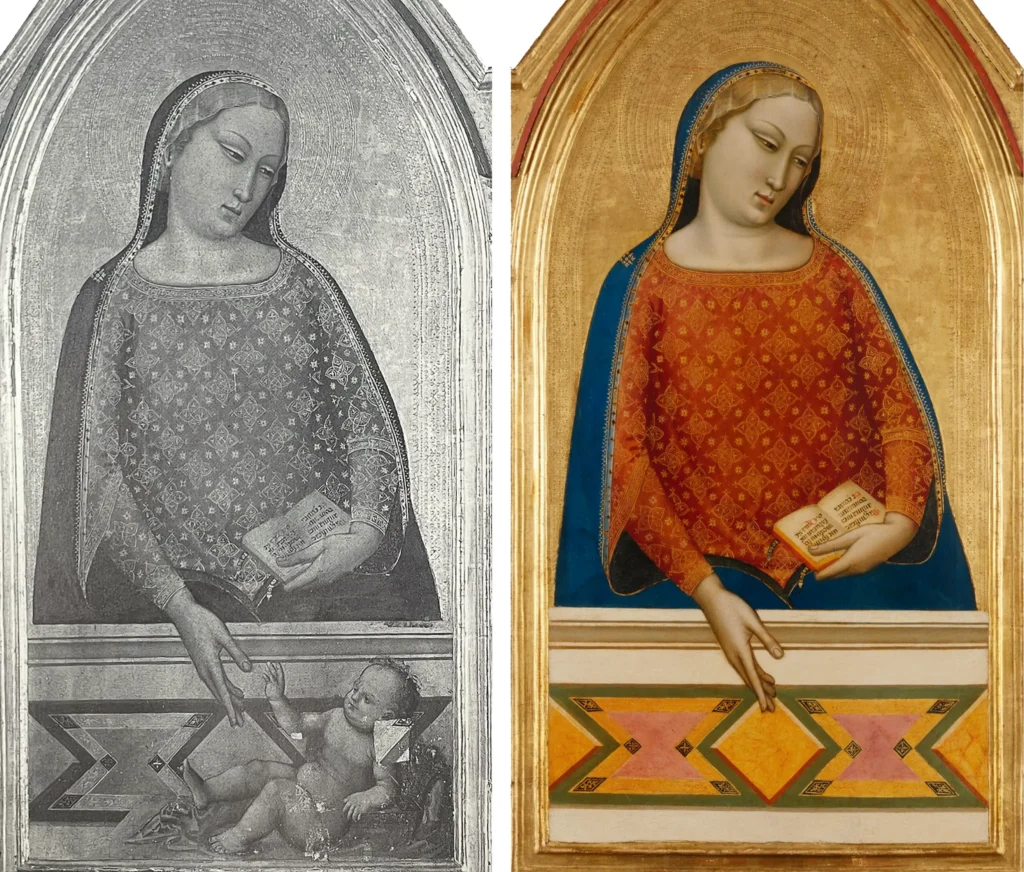There’s a lot going on in the July/August issue of The Brooklyn Rail. A bunch of people respond to Bob Nickas’ obituary/autopsy of the contemporary, which has apparently been dead art walking lo, these 25 years.
I think Rhea Anastas’ argument is useful, that the frame of the contemporary, and the art industry and auction and product trends associated with it have obscured the view of the art in our midst.
Barry X Ball is not the only one looking to the past. In arguing against a myth of progress and nowness, Jason Saager puts it simply: “the way forward is going further backwards.” Which, sure, I, too, loved the Siena show. [AND Caravaggio, though I have not seen this show]

In her fascinating and sobering Irving Sandler Essay, conservator Annika Svendsen Finne looks at a controversial 1993 acquisition by the Getty of a 14th century gold ground painting of the Madonna by Bernardo Daddi, “contingent upon the removal of a large painted baby from the work’s surface, which had been added by a later artist.”
Svendsen Finne looks back across the mere decades since the baby’s erasure; at the reflections of the conservators involved; at other contemporary examples of the genre; and the interpretive advances of art historians since, and wonders if maybe the Getty should have slowed their roll, and recognized the constraints of context of their own decisions.
Look, the 21st century’s been rough on everyone, including art. It does sound like it’d be better, though, if we just step back for a minute before throwing it all out. A minute, or a generation, whichever.
